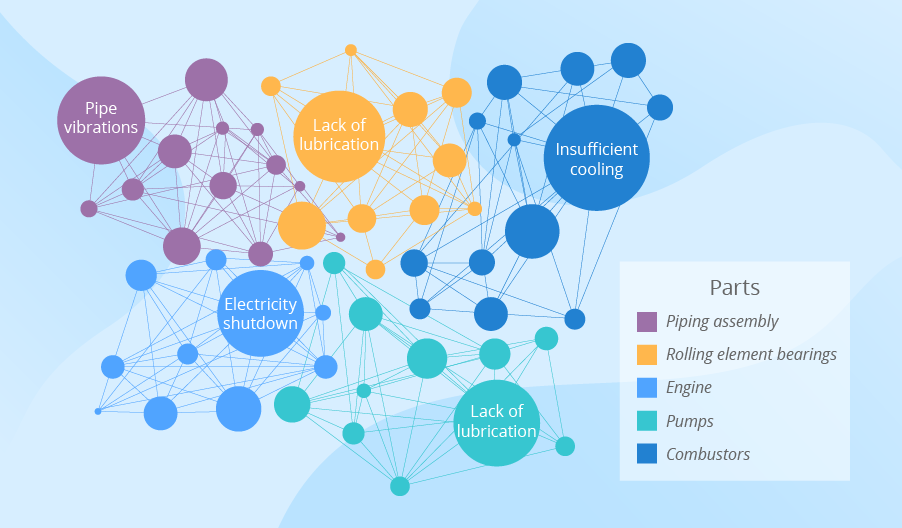

For other organizations, the jump to predictive and prescriptive analytics can be insurmountable. Business processes can be performed and optimized daily without a human doing anything with artificial intelligence.Ĭurrently, most of the big data-driven companies (Apple, Facebook, Netflix, etc.) are utilizing prescriptive analytics and AI to improve decision making. Well-designed AI systems are capable of communicating these decisions and even putting those decisions into action. AI systems consume a large amount of data to continuously learn and use this information to make informed decisions. It is a huge organizational commitment and companies must be sure that they are ready and willing to put forth the effort and resources.Īrtificial Intelligence (AI) is a perfect example of prescriptive analytics. Prescriptive analysis utilizes state of the art technology and data practices. Prescriptive analysis is the frontier of data analysis, combining the insight from all previous analyses to determine the course of action to take in a current problem or decision. The final type of data analysis is the most sought after, but few organizations are truly equipped to perform it. Predictive analytics in customer success teams.Using customer segmentation to determine which leads have the best chance of converting.Others are not yet willing to invest in analysis teams across every department or not prepared to educate current teams.īusiness applications of predictive analysis include: Some companies do not have the manpower to implement predictive analysis in every place they desire. While descriptive and diagnostic analysis are common practices in business, predictive analysis is where many organizations begin show signs of difficulty. It is also important to understand that forecasting is only an estimate the accuracy of predictions relies on quality and detailed data. This analysis relies on statistical modeling, which requires added technology and manpower to forecast. Predictive analysis uses the data we have summarized to make logical predictions of the outcomes of events. This type of analysis is another step up from the descriptive and diagnostic analyses. This type of analytics utilizes previous data to make predictions about future outcomes. Predictive analysis attempts to answer the question “what is likely to happen”. A SaaS company drilling down to determine which marketing activities increased trials.A freight company investigating the cause of slow shipments in a certain region.By already having the data at your disposal, it ends having to repeat work and makes all problems interconnected.īusiness applications of diagnostic analysis include: When new problems arise, it is possible you have already collected certain data pertaining to the issue. Organizations make use of this type of analytics as it creates more connections between data and identifies patterns of behavior.Ī critical aspect of diagnostic analysis is creating detailed information. KPIs describe how a business is performing based on chosen benchmarks.īusiness applications of descriptive analysis include:Īfter asking the main question of “what happened”, the next step is to dive deeper and ask why did it happen? This is where diagnostic analysis comes in.ĭiagnostic analysis takes the insights found from descriptive analytics and drills down to find the causes of those outcomes. The biggest use of descriptive analysis in business is to track Key Performance Indicators (KPIs). Descriptive analysis answers the “what happened” by summarizing past data, usually in the form of dashboards. It is the simplest and most common use of data in business today. It is at the foundation of all data insight. The first type of data analysis is descriptive analysis. Four Types of Data Analysisīelow, we will introduce each type and give examples of how they are utilized in business. At the same time, the level of added insight and value also increases. As you begin moving from the simplest type of analytics to more complex, the degree of difficulty and resources required increases. While we separate these into categories, they are all linked together and build upon each other. There are four types of data analysis that are in use across all industries. There are many ways that data can be utilized, at all levels of a company’s operations. When data is used effectively, it leads to better understanding of a business’s previous performance and better decision-making for its future activities. Analysis of data is a vital part of running a successful business.


 0 kommentar(er)
0 kommentar(er)
